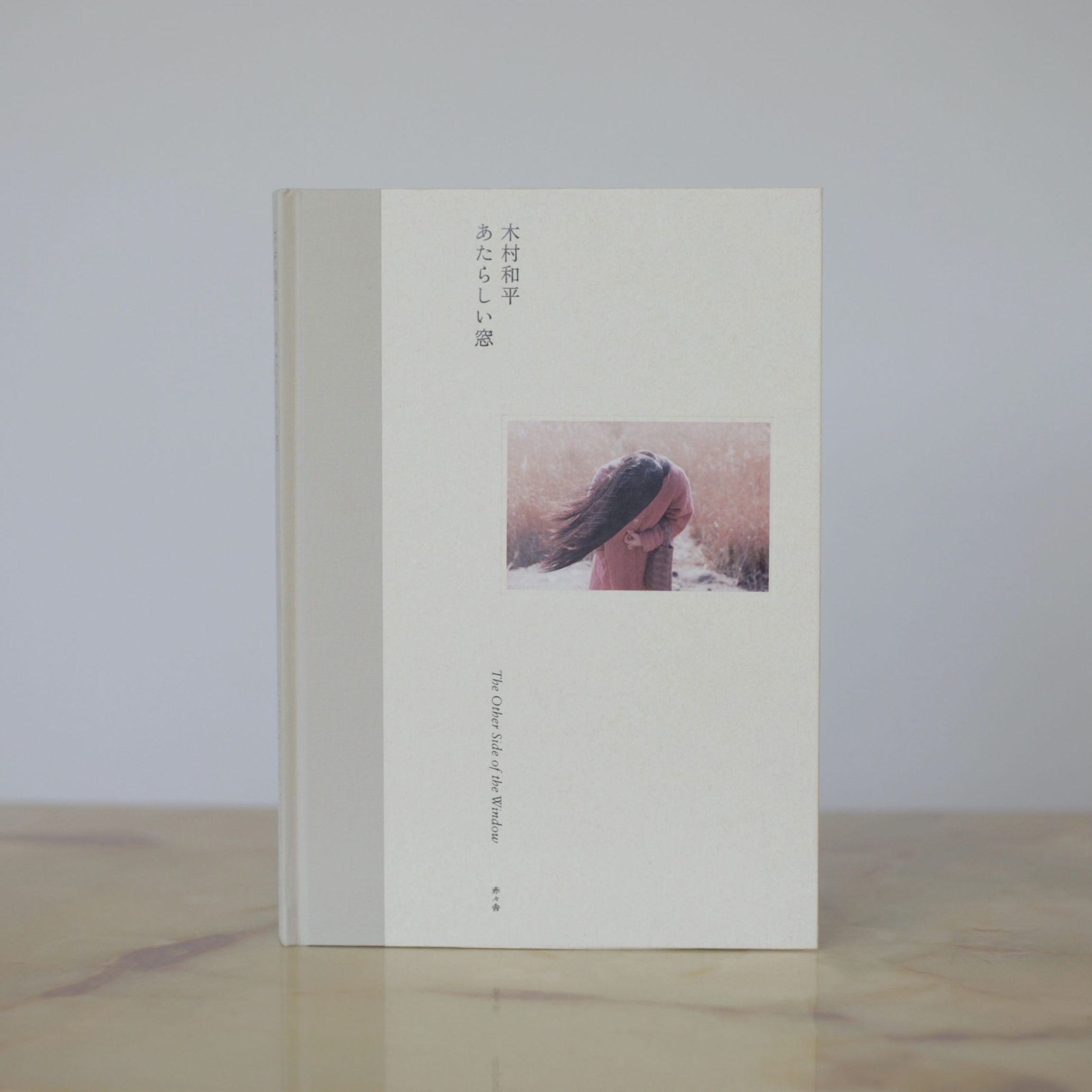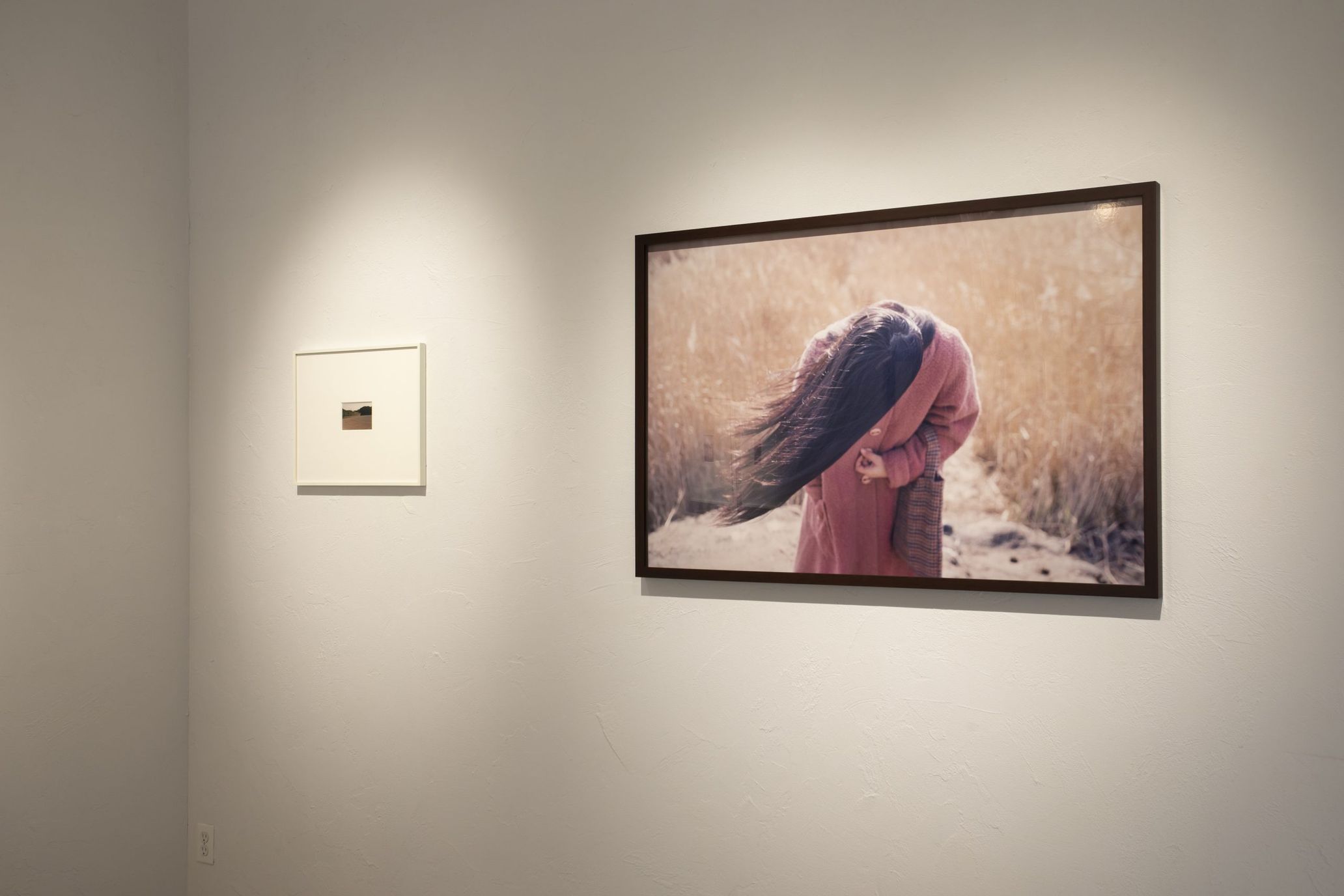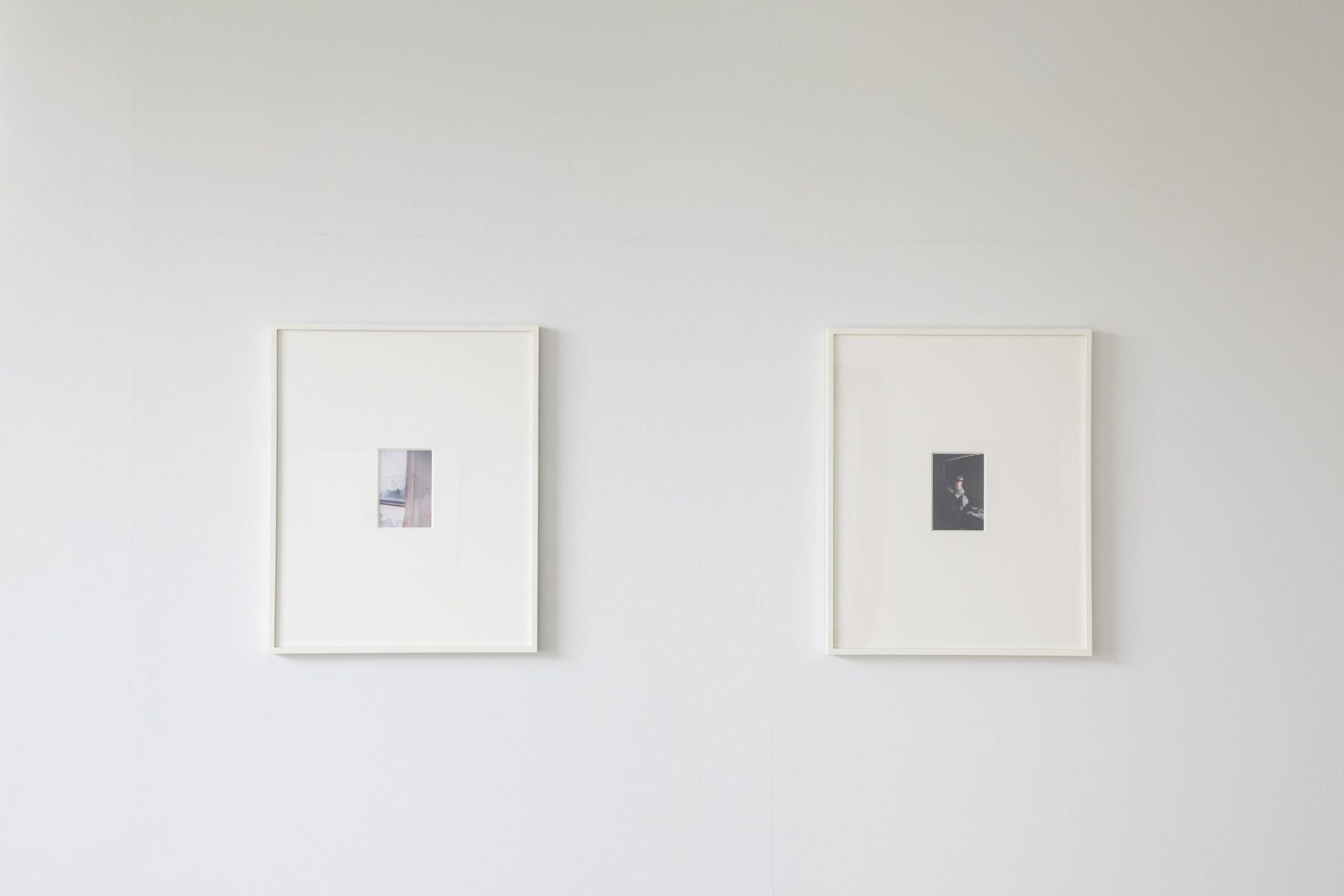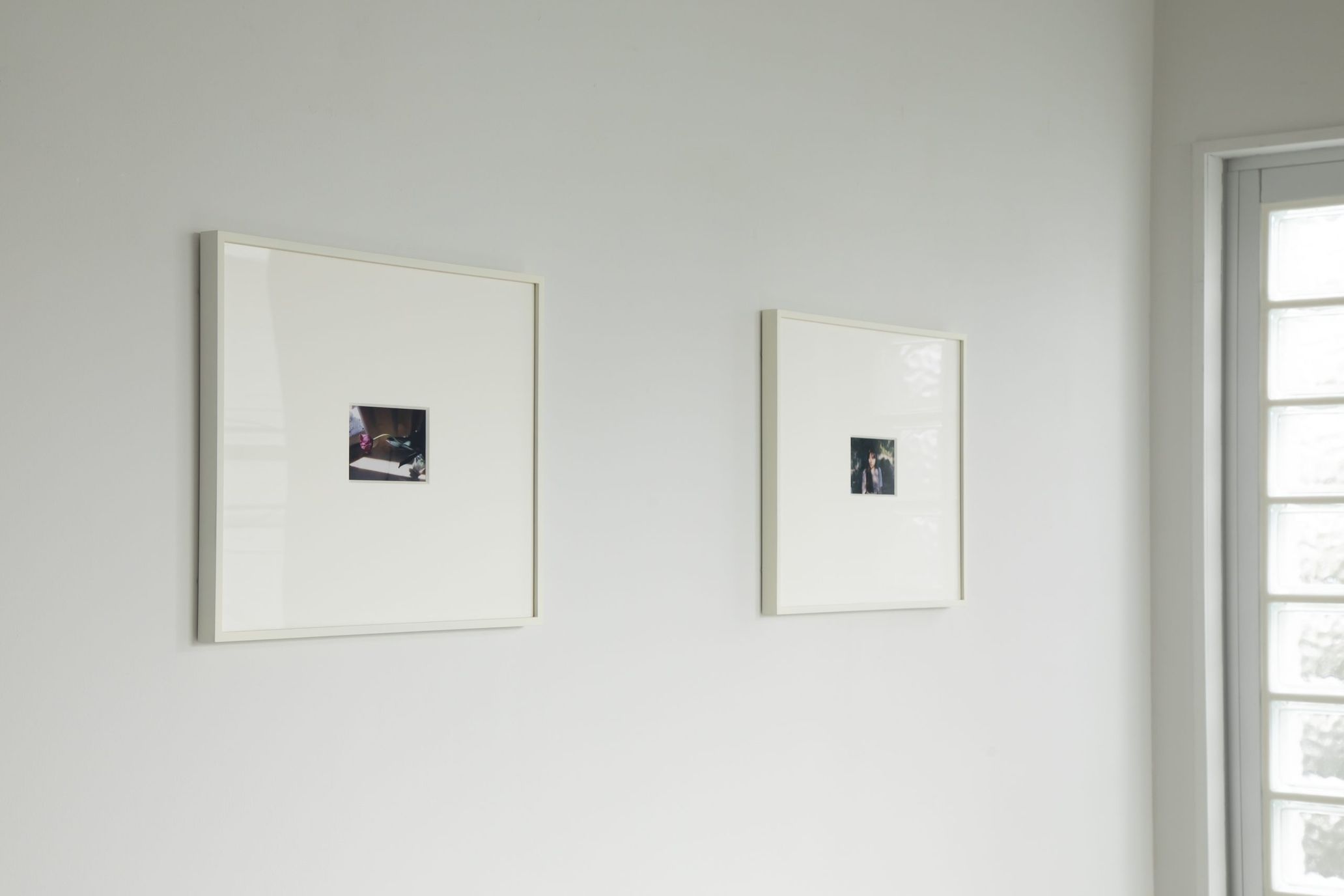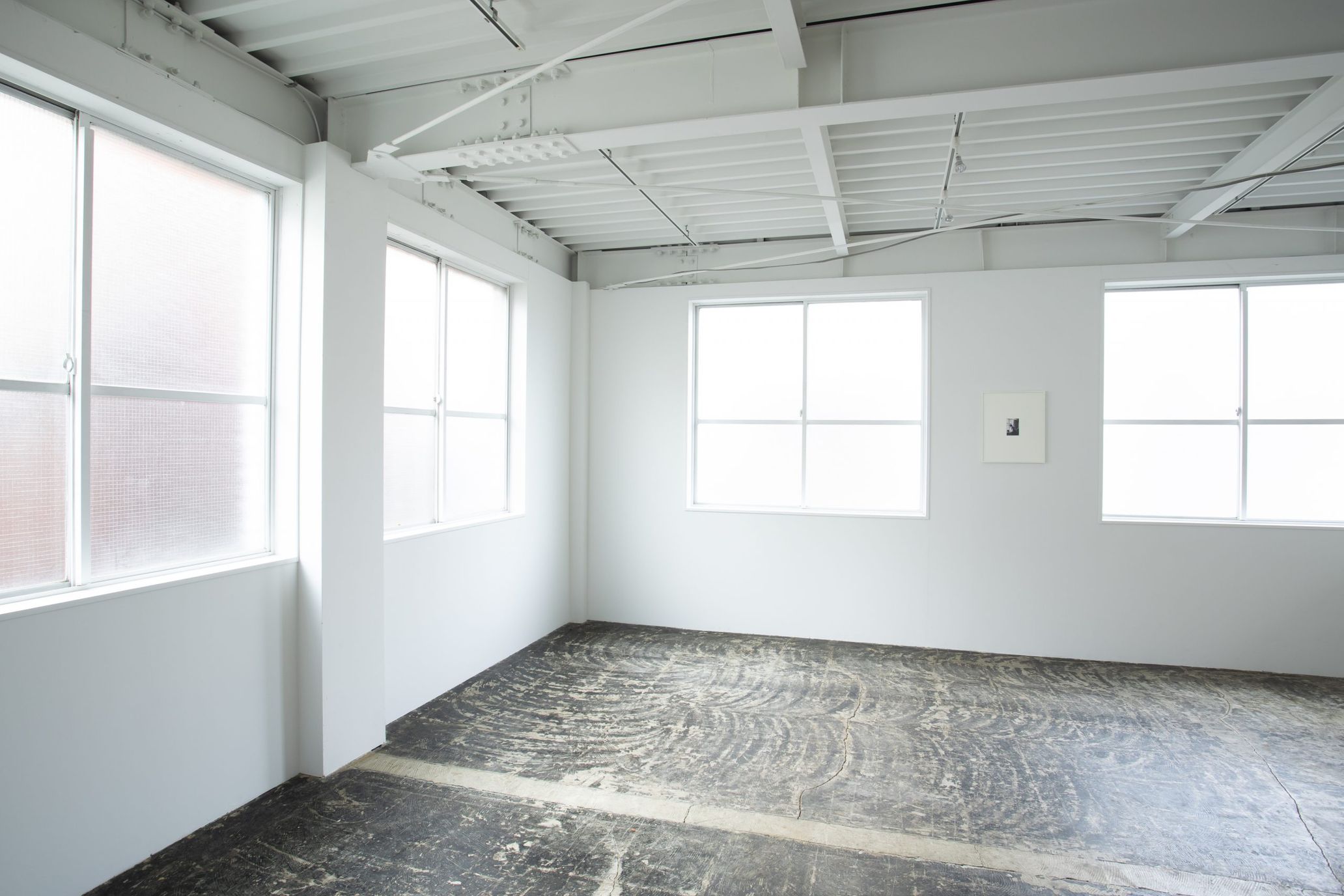Photographer Kazuhei Kimura has been working in various artistic fields such as music, movies and fashion, showcasing works rooted in different past and present life experiences. Kazuhei highlights his subjects’ outlines by blurring them with dazzling lights and coarse particles, giving off a sense of mysticality and nostalgia. His everyday sceneries shine extraordinarily, illuminated by ephemeral lights.
On January 2, 2021, Kazuhei published The Other Side of the Window (Akaaka Art Publishing), a photo book comprising his best pictures taken from 2016 to 2020. For the occasion, the photographer held two solo exhibitions at different venues: Book and Sons at Tokyo Gakugei-Daigaku and book obscura in Kichijōji. In this interview, we approach Kazuhei’s definition of photography, starting from the meaning behind the title.
――What’s the reason behind the title The Other Side of the Window?
Kazuhei: First of all, I like the sound of it. I’m using “window” as a metaphor for “life.” I take pictures of people and things in my daily life, where relationships change, you get new pets, and if you move, your house will change too; however, “windows” are always present in my “life,” as if they were a symbol of it. I also realized that many of my pictures contain window-like elements and aspects.
After I decided to make a photo book, I talked to Himeno-san (Nozomi) of Akaaka Art Publishing, and she told me about “the conceptual role of mirrors and windows” in photography. I’m ashamed to say that I didn’t know about it until then, but in 1978, photographer and curator John Szarkowski held an exhibition called Mirrors and Windows at MoMA, where he classified a hundred different photographers’ works as either “Mirrors” or “Windows.” “Mirrors” are pictures that face towards the inside of the photographer, while “Windows” are pictures to observe the outside world through; I may be on the “Mirror” side. However, I’m not closing myself off when taking photos, and on the other hand, I have a desire to direct my work to society. So, when I heard about Mirrors and Windows, I thought that the title The Other Side of the Window would be perfect for the photo book. After discussing it with Himeno-san, I finally decided on this title.
――What kind of pictures do you take in your daily life?
Kazuhei: I think I’m one of those photographers who doesn’t usually take many pictures. I have a camera at home, so it’s different there, but when I go out I often don’t bring a camera with me, and I don’t specifically go somewhere to take pictures. The more I think about when I shoot, the harder it is to put into words. For example, I take photos when I think the lights and shadows look beautiful, or when the way people move is wonderful, but if I had to say it lazily, I’d say that when something that clears all my inner conditions appears in front of me, I have to shoot it before it’s too late. If I feel like that and by chance, I have a camera in my hands, I’ll take a picture of it.
――So, when various coincidences overlap, you take a picture.
Kazuhei: Sometimes when I’m hanging out with a friend, and I think that someone’s hair fluttering in the wind is beautiful or the light is shining nicely, I may not have my camera with me. That said, I recently realized that I don’t really regret not bringing my camera. It’s fun just to look at things with my eyes. I would never try to recreate the landscape that I couldn’t shoot beforehand, and I think it’s fine if there are days when I can’t take pictures.
Though, whenever I talk about this, I start thinking that I don’t really need to take pictures in my life, but if they actually took away my camera, I couldn’t live without it. I don’t shoot very often, but that’s exactly why making The Other Side of the Window really made me think about what my photos mean to me.
――You take many pictures of landscapes with unique light and wind conditions, almost as they’re visible for only one instant; I was surprised when you told me that you don’t organize shootings.
Kazuhei: On the other hand, though, if I want to shoot something, I’ll keep shooting until I’m satisfied. When I take a picture, I can imagine how it should ideally be in my head, and I’m positive it will definitely be a good picture.
――Putting it the other way around, would you say that everyday life is more important than taking pictures?
Kazuhei: I guess so. Rather than taking pictures, my first priority is to take some sort of action towards a goal, like hanging with someone, or eating at someplace I like.
At home, I only have furniture and things that make me happy; I don’t own them to look good in photos. I decorate my room with whatever I like for the kind of lifestyle I want, and as a result of that, I take pictures of it.
――Taking pictures of a room full of things you like sounds very “Mirror.”
Kazuhei: I’m not creating new forms of expressions that no one has ever seen, and I’m not actively adopting concepts outside of myself. I think I can only talk about myself in my own words. However, even if my motive for taking pictures is on the “Mirror” side, I want my pictures to have some kind of influence on society. So, they might look like “Mirrors,” but you could call them “Windows” too. I’m influenced by music, movies and clothes, which are as personal as if they were some sort of essay written by the creator. However, you are free to interpret them however you want, and you can relate to them, empathize with them. That is the kind of art that moves me. I want to do that with photography.
――It truly is The Other Side of the Window.
Kazuhei: I want people to interpret my pictures however they want; of course, there’s a message I convey with my photos, so I’ll prepare something to help interpret them for my photo books and solo exhibitions. Though, when a customer asks me about what kind of design is behind my pictures at an exhibition, I ask them what they thought first, and after that, I tell them what I think (laughs).
――I heard that one of the themes of The Other Side of the Window is that “distance” that you feel from people that should feel closer to you.
Kazuhei: Since adolescence, I started feeling distant from the people I was initially close to. The Other Side of the Window is based on a woman, but I didn’t want to make a whole photo book only focused on her. There’s no quality gap between the subjects that I shoot, so I wanted to equally look at the people, animals and things that are important to me.
The woman this photo book is based on always had long hair, but decided to suddenly cut them short; that made me start thinking about the theme of the book. I believe that cutting long hair can have different meanings. I don’t know how she felt at the time, but I noticed that the timing when she cut her hair coincided with a change in the relationships with each other and with ourselves individually. For The Other Side of the Window, I decided to show her her long hair being cut short at the end: in the photo book, I used a photo that strongly conveys the long hair as the cover, and in the exhibition, I put a large version of the same picture as the first photo you would see after entering the venue. I printed the other pictures in smaller sizes and positioned them further from the first one, and in the last room, I decided to display only a single picture of her short hair. Of course, I’m not trying to say that she cut her hair and changed; it’s a form of respect towards different subjects, including her, and it’d be nice if it became some sort of way for people to move toward a new window, a new lifestyle. It would be great if the title The Other Side of the Window and the fact that she cut her hair would become some kinds of keywords to help people understand my work.
――I also heard that apart from the large-format photos, the pictures used for the exhibition were all developed by you, as well as the pictures contained in the photo book, which you physically sent to the printers instead of sending them as data.
Kazuhei: Exactly. This work was personal from the start, so I really wanted to do it all by myself. It’s not like I couldn’t develop photos before, but I honestly didn’t have the skills to confidently say “this is my color.” Thanks to the teaching of photographer Seiji Kumagai, I was finally able to display my self-developed photos. I’ve always liked Kumagai-san’s prints, and I met him by chance at book obscura at the end of 2019. Apparently, Kurosaki-san had shown my work to him beforehand; Kumagai-san recognized me and immediately after that we went to drink at some izakaya. Then, he told me that he rents another room to act as a darkroom separate from his home, in which he teaches darkroom classes; I thought it was the only moment I could ask him to teach me, and so I did.
At the beginning of 2020, I finished all ten classes in two or three weeks, and after I got the hang of it to some extent, I just practiced over and over. At the time, the coronavirus started spreading, and I had no work to do, so I went to the darkroom frequently, after I asked Kumagai-san to keep the door unlocked; I spent around six hours each time developing photos. This year alone, I developed around a thousand pictures. Of course, I still have a long way to go; Kumagai-san even told me that I’ll get the hang of it after another three thousand pictures or so (laughs), but now I gained control over what I want to do to some extent, so I decided to present my self-developed photos as some sort of prologue to my works.
――Do you have any plans for the near future?
Kazuhei: A lot became unclear because of the pandemic, but I am planning to hold a traveling exhibition of The Other Side of the Window over the next spring. I also have to shoot some visuals for a movie, so I want to do my best.
Kazuhei Kimura
Born in Iwaki City, Fukushima prefecture in 1993. He moved to Tokyo after entering university and started taking pictures in 2012. In 2018, he received the Jury Encouragement Award for the 19th Photo contest “1_WALL.” So far, he released several photo books: piano (2015, independently printed), Gakufu (2016, independently printed), Sodemaku (2018, aptp books) and Tōdai (2018, aptp books). He also held various solo exhibitions: piano (2015) and Sodemaku/Tōdai (2019, both held in Tokyo). He also shoots artist photographs, and he is responsible for shooting the visuals for two movies: Ai Ga Nanda (2018) and Sasaki In My Mind (2020).
Translation Leandro Di Rosa

